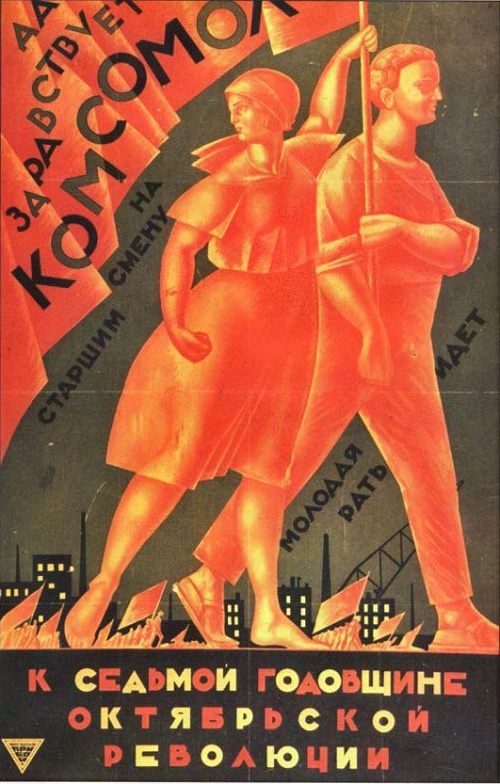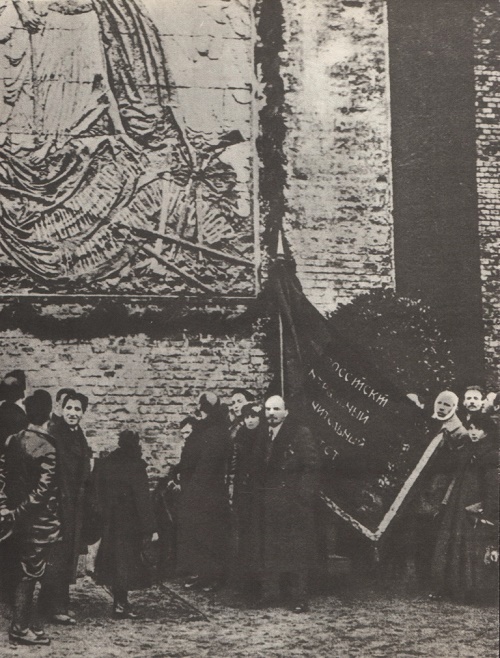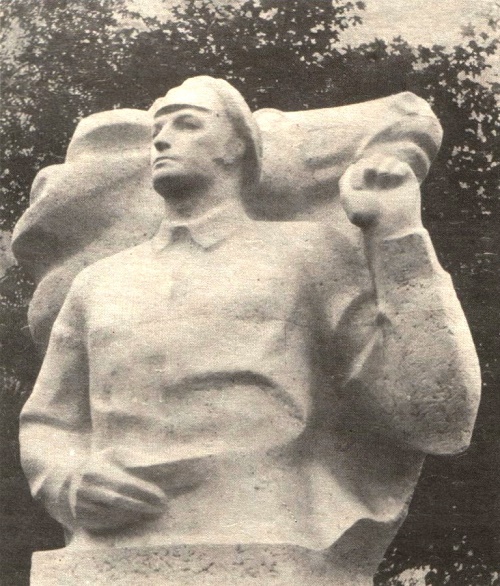Great October Soviet Art
Great October Soviet Art
The emotional element of the October period, its romantic pathos expressed in an extraordinary variety of design tools. Grandiose mystery and theatrical performances, colorful panels, sometimes occupying hundreds of square meters, manufacture symbols, emblems and grotesque images, masks, dolls – all distinguished by colorful festive brightness. Life seethed, saturated with overflowing energy of youth. Easel – sculptors, painters and graphic artists working on paintings of agitation ships, steams, and agitation trains, on panels, banners, developing projects of monuments, emblems designs, state signs, seals and stamps. Bloomed mass books and periodicals. The broadest development got agitation and mass art form, almost all masters gave a tribute to it. Propaganda art of that time was embracing. It captured the theater, poetry, architecture, painting, and even elegant porcelain …
Read more »






